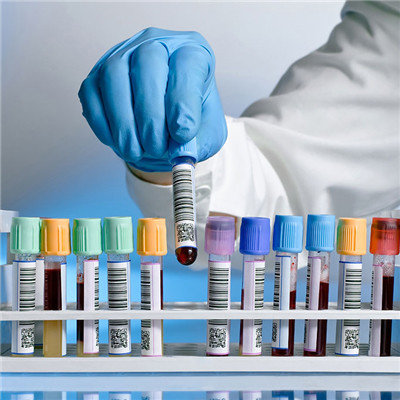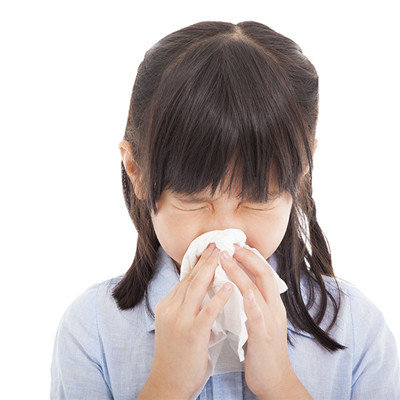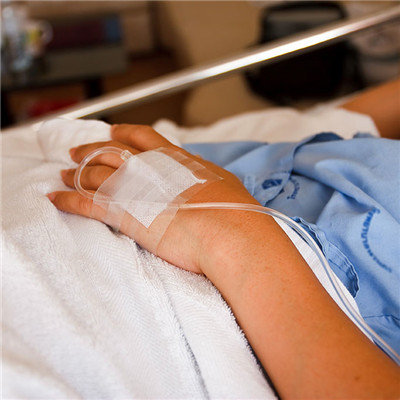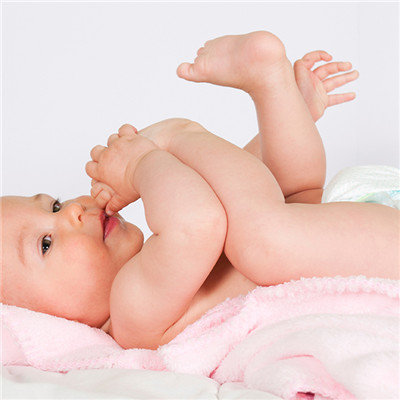Symptoms of scarlet fever
summary
Scarlet fever is an acute respiratory infectious disease caused by group a hemolytic streptococcus infection. Traditional Chinese medicine calls it "rotten throat". The clinical features were fever, angina, diffuse bright red skin rash and obvious desquamation. A small number of patients have heart, kidney and joint damage due to allergic reaction. The disease occurs all year round, especially in winter and spring. Symptoms of scarlet fever? Let's talk about it
Symptoms of scarlet fever
Most of them have sudden chills and fever. In severe cases, their body temperature can rise to 39 ℃ - 40 ℃, accompanied by headache, sore throat, waxberry tongue, loss of appetite, general discomfort, nausea and vomiting. Infants may have delirium and convulsions. Pharynx is red and swollen, and punctate or flaky secretions can be seen on tonsil. The soft palate is congested and edematous, and there may be red macular or bleeding spots large in grains of rice, that is, intramucosal rash, which usually appears before skin rash.

Skin rash is one of the most important symptoms of scarlet fever. Most of them appeared from the first day to the second day. Occasionally, the rash appeared later than the fifth day. It starts from behind the ear, at the bottom of neck and upper chest, spreads to the chest, back and upper limbs within one day, and finally to the lower limbs. A few of them need several days to spread to the whole body.

The typical skin rash is a needle cap sized, dense and uniform spot like congestive red rash scattered on the basis of whole body skin congestion and redness. The hand pressure subsides completely and reappears after decompression. Occasionally "chicken skin" papules, severe poisoning can have bleeding rash, patients often feel itching. In the skin folds, such as armpit, elbow, groin visible rash dense linear, known as "parsimony line". Facial hyperemia flush, there can be a small amount of rash, mouth and nose around the contrast appears pale, known as "mouth pale circle.".

matters needing attention
Patients were isolated for more than 6 days until pharyngeal culture was negative for 3 times and there were no complications. The isolation period should be extended for those with persistent positive pharyngeal culture. Acute phase should be bed rest. Eat soft and light food and drink plenty of water. Keep mouth and skin clean and sanitary to prevent secondary infection. The elderly can gargle with normal saline.












